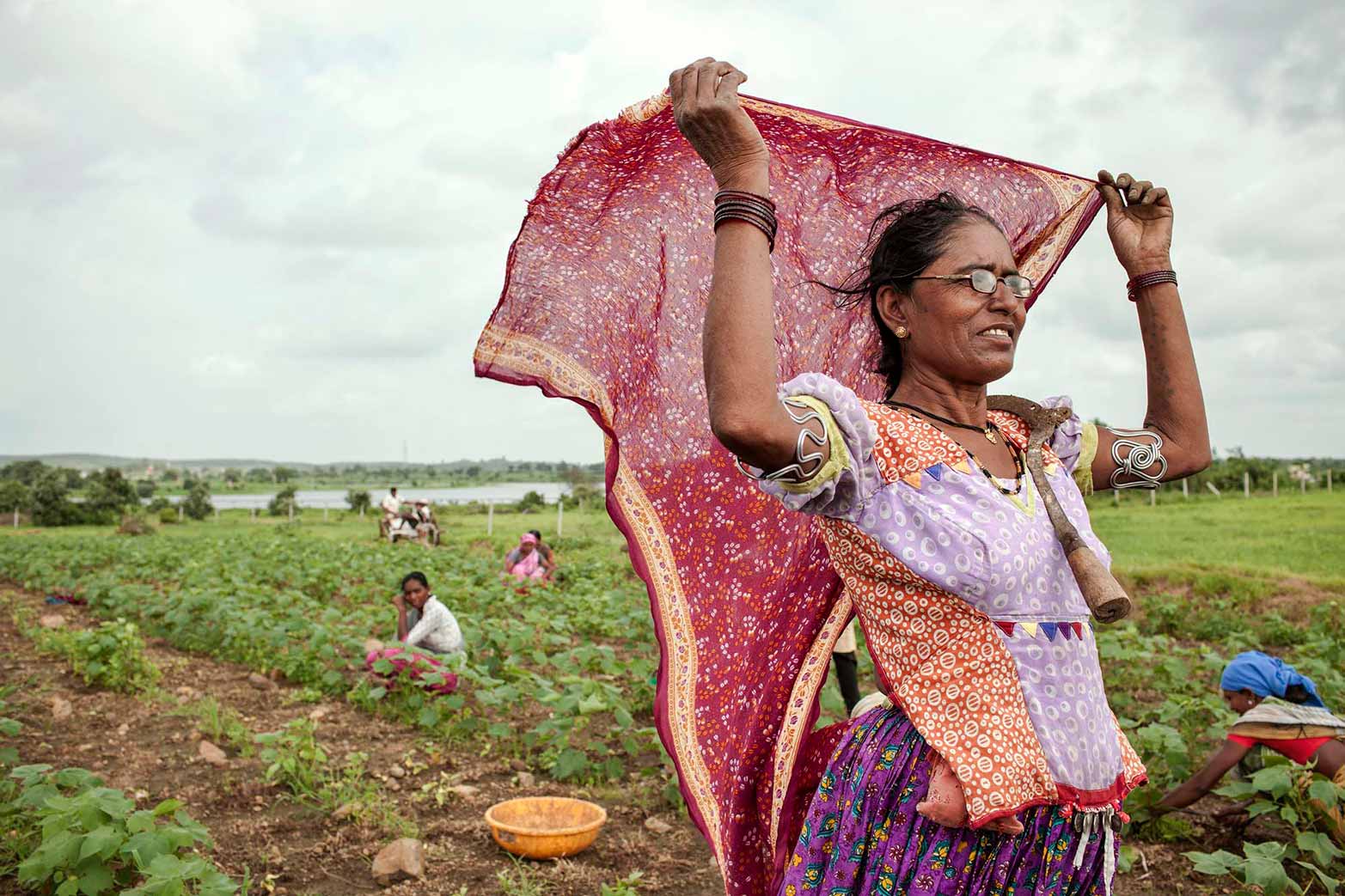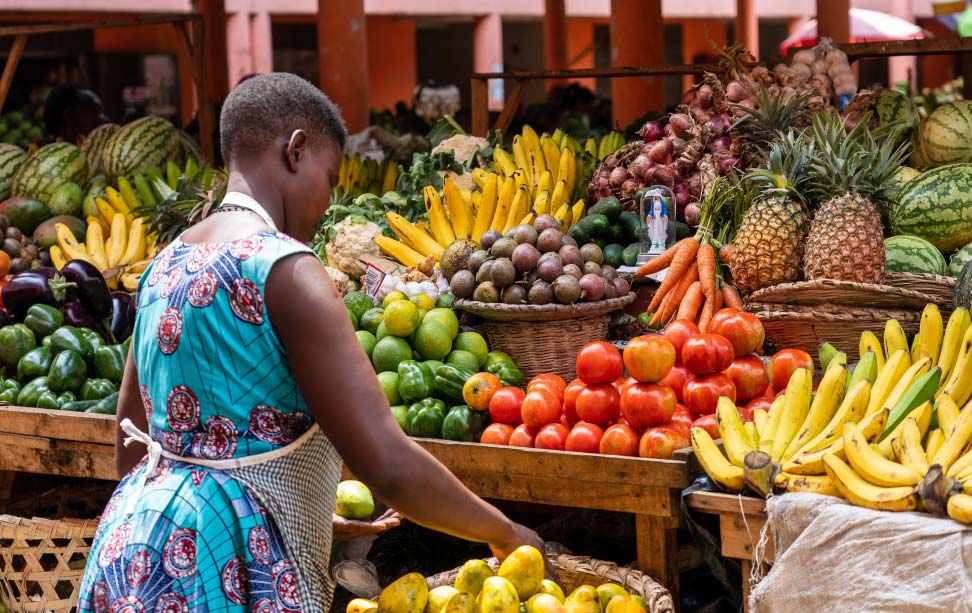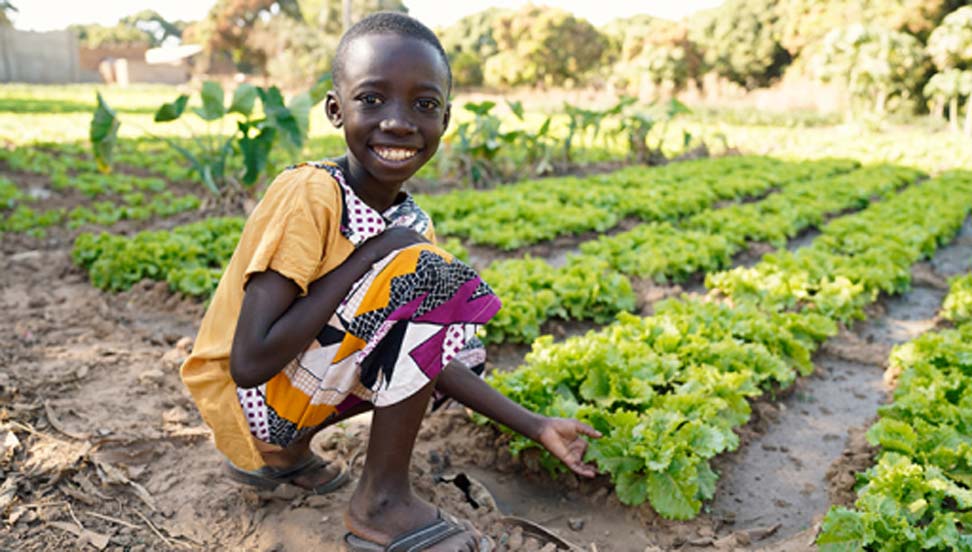Publications
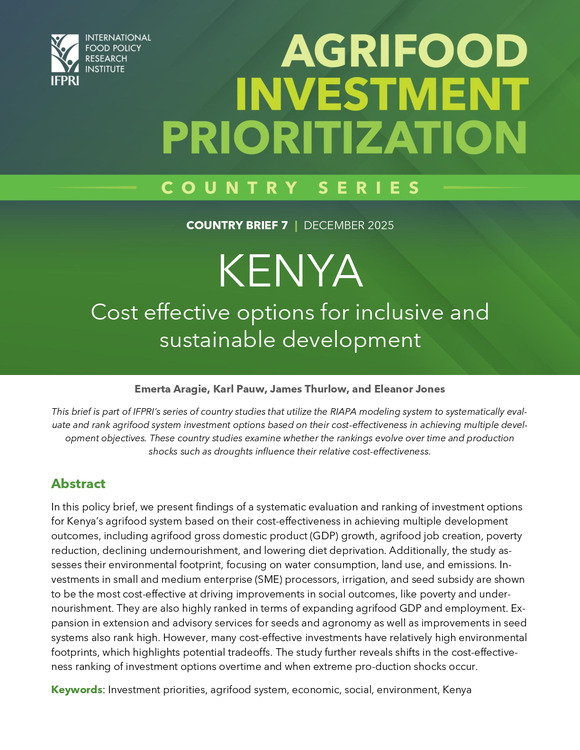
Brief
Kenya: Cost effective options for inclusive and sustainable development
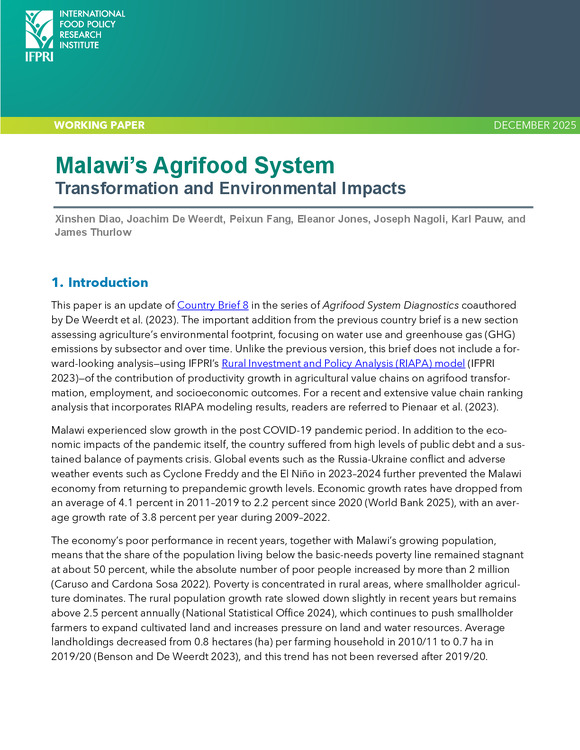
Working Paper
Malawi’s agrifood system: Transformation and environmental impacts
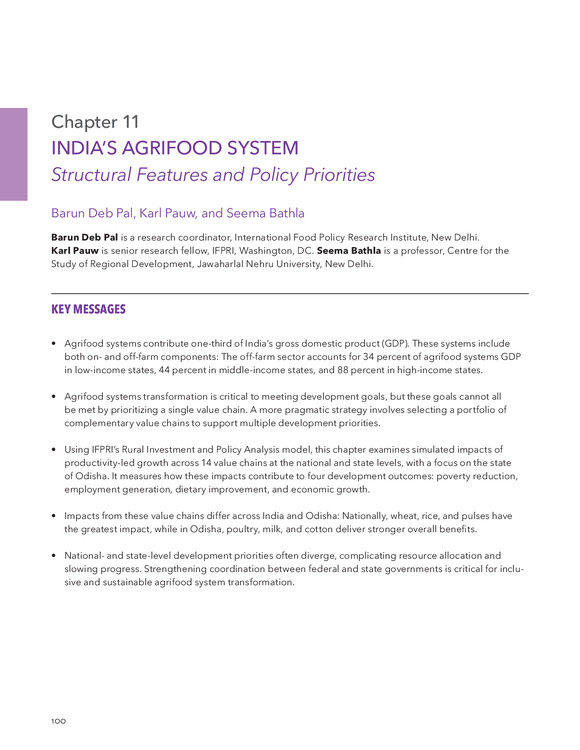
Book Chapter
India’s agrifood system: Structural features and policy priorities
Blogs

Models as assets for food security: The impacts of IFPRI’s IMPACT, RIAPA, and SPAM models
Essential tools for shaping policies and decisions.
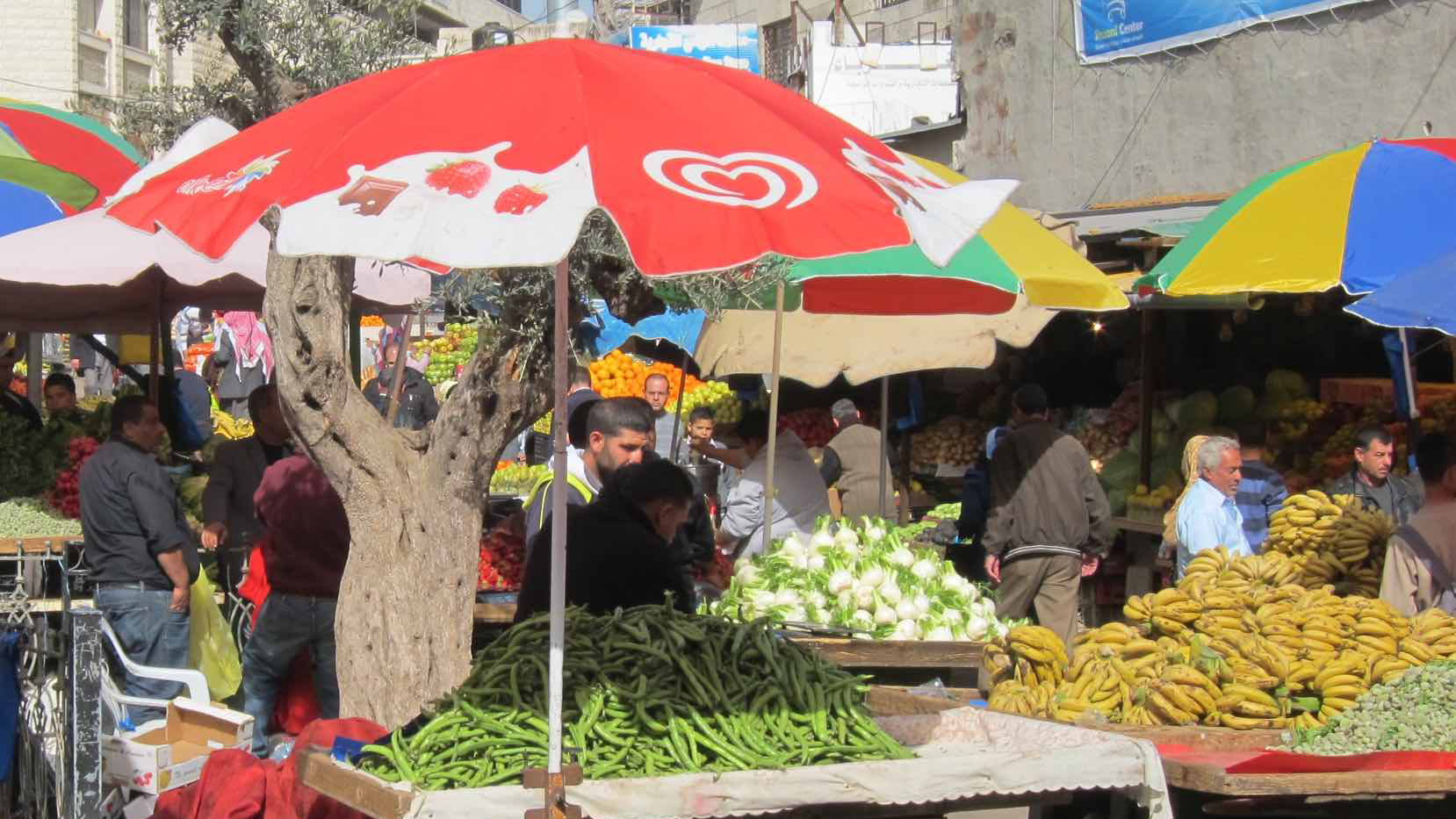
The Reference Diet Deprivation (ReDD) index: A new diet quality measure for more effective nutrition-sensitive policies
Assessing how household diets fall short.
Events
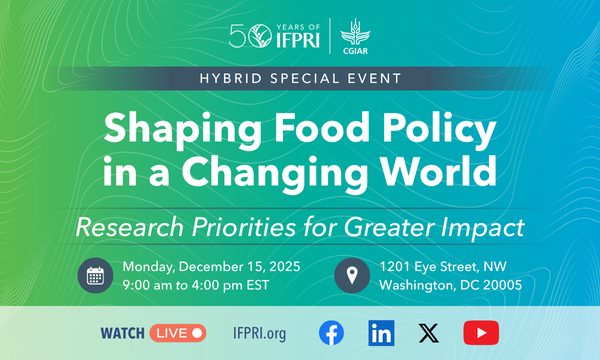
Shaping Food Policy in a Changing World: Research Priorities for Greater Impact
In today’s fast-changing world and evolving food systems, the need for evidence-based food policy has never been more urgent – demanding research that is timely, inclusive, and tailored to context. Reliable data and rigorous analysis are essential, but research must also evolve – and become more timely, more relevant, and more inclusive of diverse voices […]

The Economy-wide Impacts of School Meal Programs in Ghana and Malawi
This webinar will explore the latest global evidence on how school feeding programs drive broad-based returns: boosting education, enhancing health outcomes, supporting local agriculture, and strengthening national development as a follow-up to episode 1 of this series. The session will showcase research from Malawi and Ghana, evaluating the economy-wide impacts of both nation’s national school […]
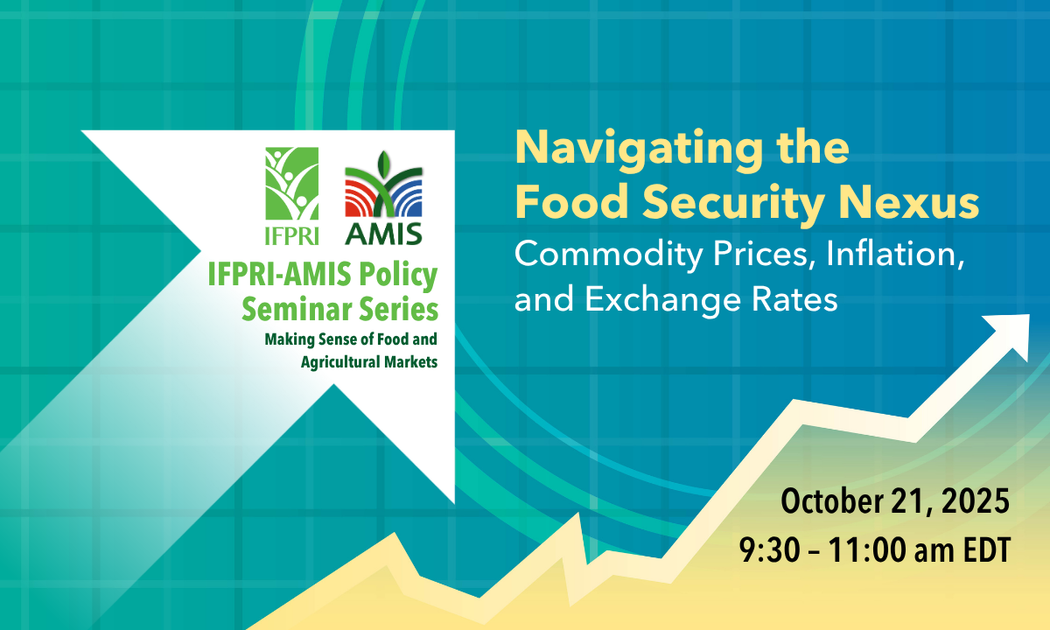
Navigating the Food Security Nexus: Commodity Prices, Inflation, and Exchange Rates
Join us for a seminar exploring the complex interplay between global food commodity prices and domestic food price inflation, and the implications for food security. Drawing on recent analytical work and market monitoring, the session will examine how international price movements transmit through domestic markets, often exacerbated by exchange rate fluctuations and macroeconomic volatility. Fluctuations […]
News
New study proposes smarter cropland allocation to support sustainable agricultural intensification in Senegal
The study explores how farmers’ land-use decisions can be guided by the relative risks and returns of different crops—similar to how financial investments are managed.
